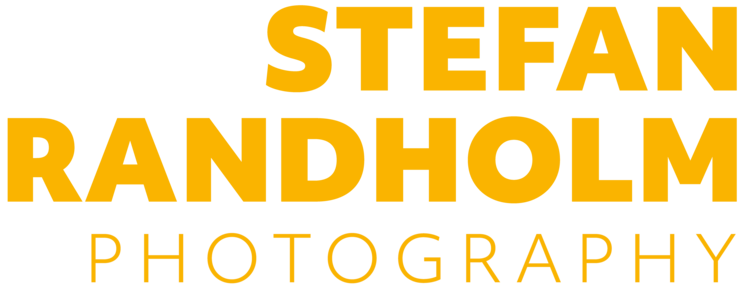Do you need a professional real estate photographer to shoot all your listings? Short answer, and perhaps a little surprisingly coming from one: no, you don’t.
For humble listings for which you don’t have exclusivity and that may be sold by a competitor the next day, paying for a photographer may end up eroding aggregate profits, so it may be a wise choice to shoot some properties in-house (no pun intended). The good news is that you don’t need a large investment in photographic investment, and if you follow these seven quick-win tips, you will already be producing some decent pictures.
Number one: Keep your verticals straight. Pointing your camera up or down will immediately make the walls lean and the architect cringe. Take sight of any element in the frame that you know is vertical and line it up with the edge of the view finder.
Number two: Use a tripod. For interior photography, it is common to have to shoot at shutter speeds longer than 1/20th of a second. That may not sound so slow, but at that speed chances are very high you will get a blurred image just from breathing. So get some legs, and don’t go too cheap, especially if the camera is heavy.
Number three: Find your composition. The human eye loves symmetry, so try to reflect that in your photographs. Whilst a diagonal shot makes the room look bigger, a picture with both straight verticals AND horizontals makes for a very powerful statement. And just like Feng Shui tells us how to allow for energy to flow through a room, remember the same applies to photography. When looking for your composition, avoid shooting straight into the back of chairs, sofas, lamps and high flower vases.
Number four: Don’t shoot too wide. So you have an ultra-wide angle lens, but just like in the Shania Twain song, “that don’t impress me much”. Shooting too wide will send what’s in the back even further back, and will tend to make the space right in front of the camera look like a landing strip. Zoom in as far as you can, and then slowly zoom out until you reach an attractive representation of the space. If you still don’t get enough in the frame, shoot two complementary pictures. Tell a story with successive pictures.
Number five: Let there be light. Stick a flash in the hot shoe of your camera and bounce the light into the ceiling and/or wall behind you (but beware of red ceilings and purple walls, lest you want some really funny color casts). Operate the flash in manual mode, and just dial the power up and down until you get enough fill light in the foreground. This is a blessing when you shoot against windows.
Number six: Let there be no light. Many artificial light sources emit light of varying colors, and when you mix a few different ones together you can end up with sickly results. If you have enough light and a decent tripod, go for the Nordic real estate photography style, with lights turned off and the room awash in soft, mellow natural light. You can still give it a gentle kiss with your flash, because it is calibrated to provide a neutral light similar to white mid-day sunlight.
Number seven: Get a few close-ups. Seeing room after room can quickly tire the visual cortex of the viewer’s brain. So break the series up with a few resting points by shooting some interesting details. All homes have them, you just have to see them.
With over a decade of experience educating international management teams, and having taught numerous photography classes for a range of clients, I am no stranger to delivering top notch education. If you want to learn more about how to improve your team’s real estate photography skills, contact me to arrange a workshop.



